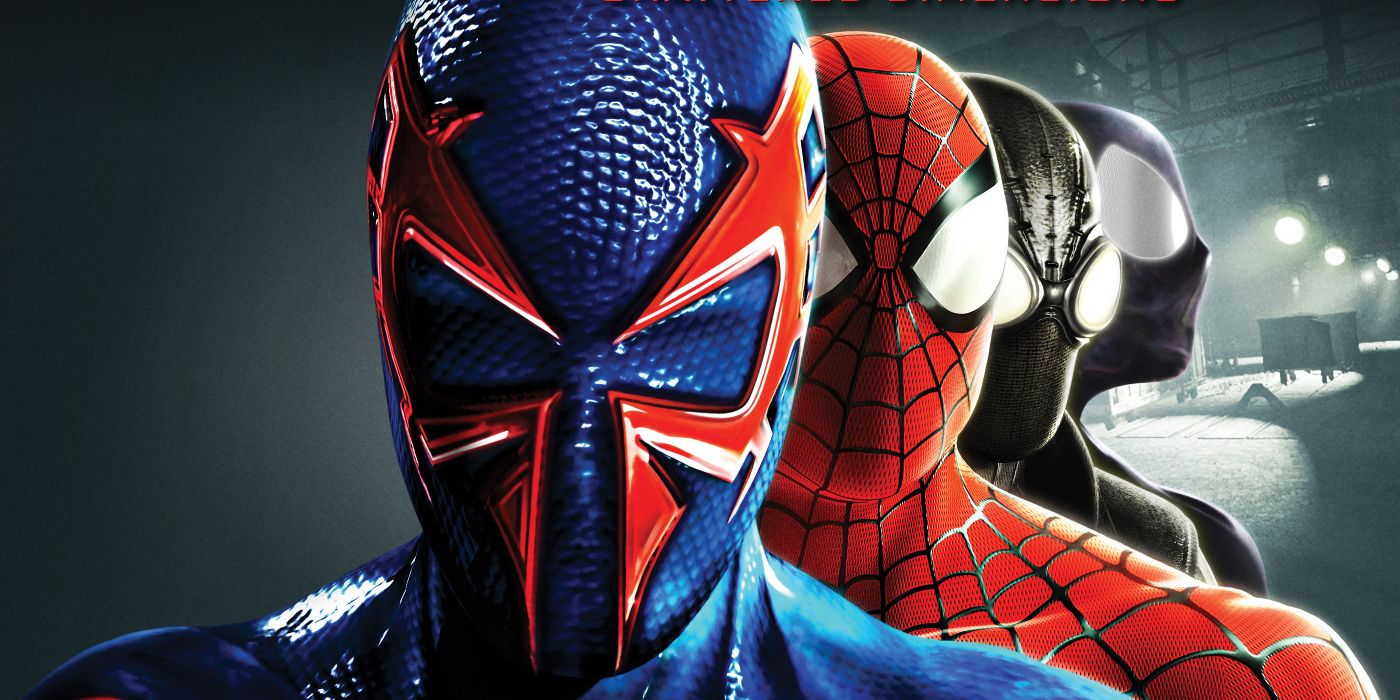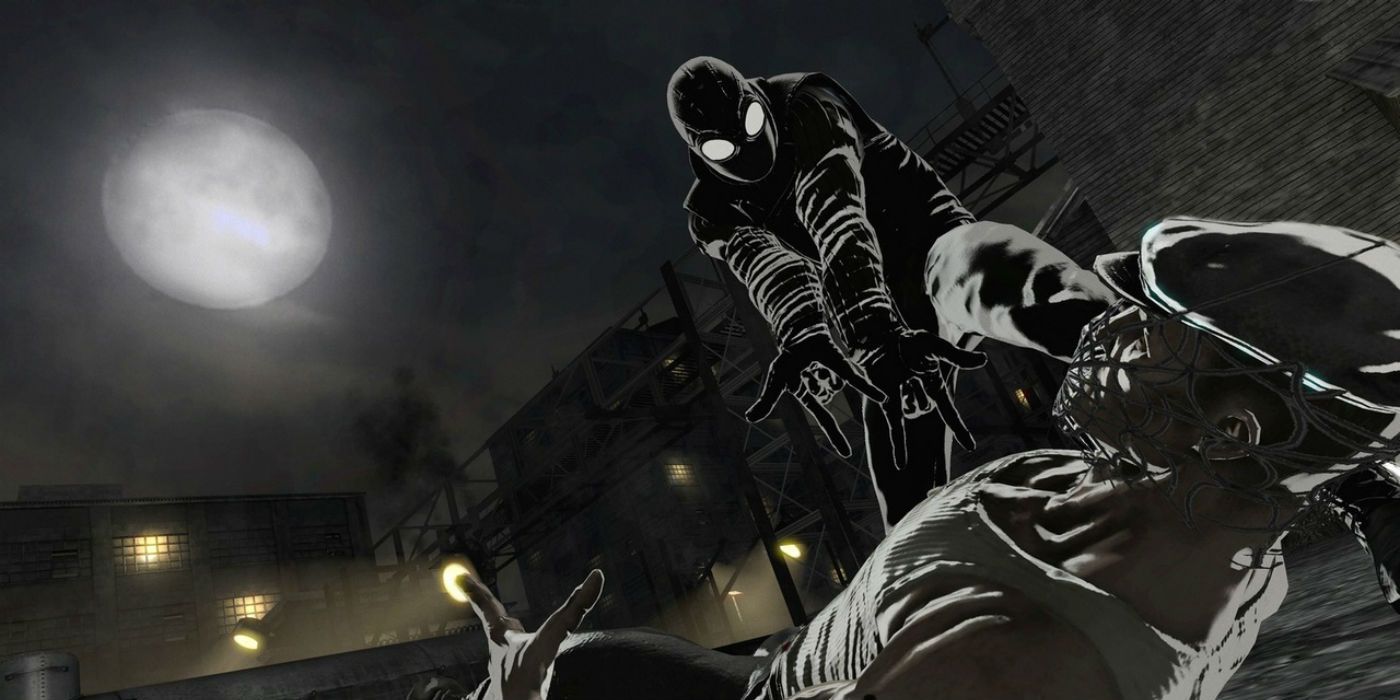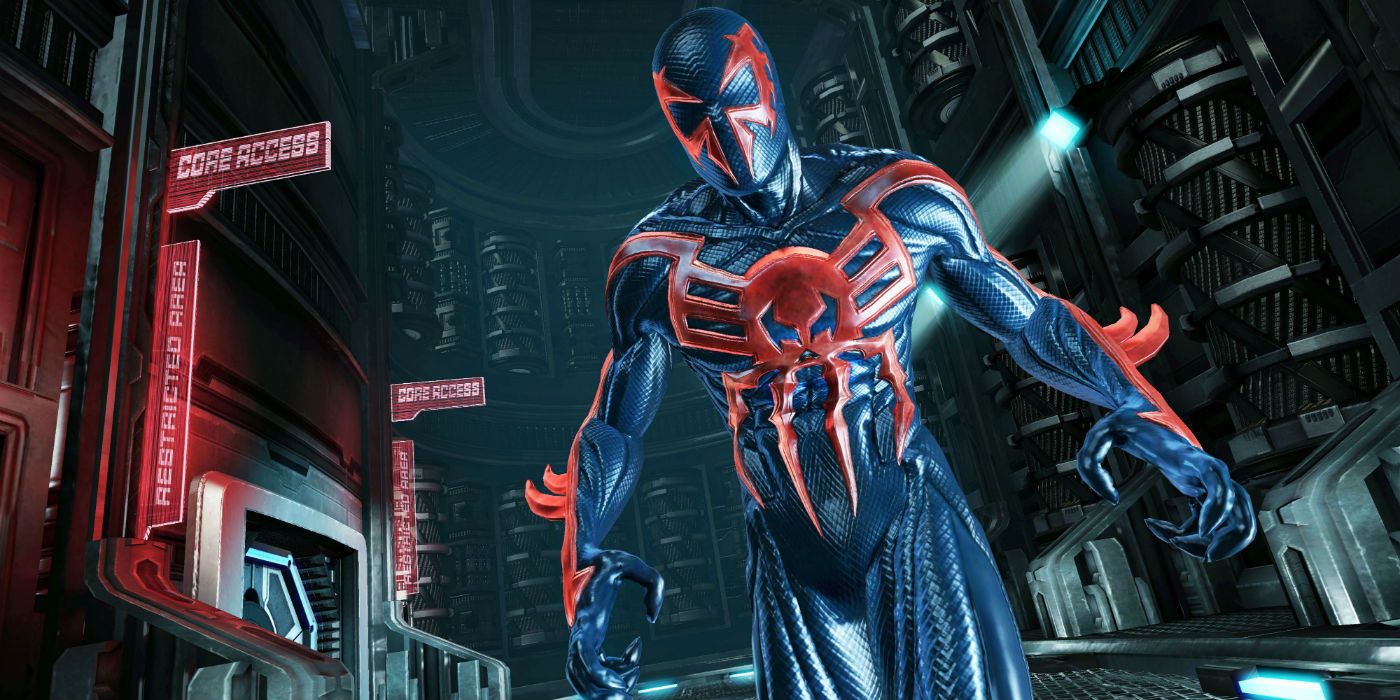Over the decades, Spider-Man games have become some of the most technically impressive games. However, not all installments to the franchise are the same and, depending on the developer, can evolve and alter the series entirely. This was best shown when the games moved from a linear level layout to free roam gameplay in a sandbox version of New York. At the time, this was unheard of for the character and has since evolved into what has been seen on current systems.
From 2010-2014, Beenox took over the development of all Spider-Man games, and in that time, it covered all possible avenues for the character from linear levels to free-roam. Its most well-known titles are its first two, Spider-Man: Shattered Dimensions and Edge of Time. They were considered passable entries to the franchise at the time of their release that greatly altered graphics and gameplay, which helped set a standard for years to come and changed the franchise considerably.
One of the standout changes is with Beenox's first title, Spider-Man: Shattered Dimensions, where it was clear that the developers were attempting to do something different. As a result, free-roam gameplay was taken out with the focus instead put on linear level design. Players could still web-swing in large maps, but the main focus was instead of the game's look and feel. Now, players could web-zip to perch points for faster traversal, a mechanic that is still used in Spider-Man games today. Each iteration of the web-slinger also offered a unique graphical look like cel-shaded or traditional 3D. These design cues have been seen in suits from Spider-Man: Into the Spiderverse on Marvel's Spider-Man and Spider-Man: Miles Morales.
Another trend that gained traction with Beenox's games was to let comic book writers handle the story. For example, Shattered Dimensions' story was written by then Amazing Spider-Man writer Dan Slott, while Edge of Time was written by Spider-Man 2099 creator Peter David. The writing allowed for more organic banter between the characters and creative new villains like the Hobgoblin 2099, which felt like an enemy that should have existed for years.
Another great bonus of the games featuring comic book writers was their pre-existing knowledge of the characters, which allowed for even richer storytelling. This is best seen in Spider-Man: Edge of Time which delves into Miguel O' Hara's struggles to be a selfless hero like his predecessor, Peter Parker. Throughout the game, Miguel stresses the importance of the mission over saving innocents, much to Peter's frustration. But when the time comes to save Mary Jane, Miguel leaps into action, finally understanding that with great power comes great responsibility and becoming the hero he is meant to be. Those same moments are why Marvel's Spider-Man is both an exciting superhero game and a compelling character piece.
The Beenox era of Spider-Man games eventually ended with titles that returned to the free-roam gameplay style. But for a brief moment, Shattered Dimensions and Edge of Time showed the potential of Spider-Man games beyond movie tie-ins. Years later, their initial ideas were further explored and evolved to help the franchise grow even more with their most recent releases.



